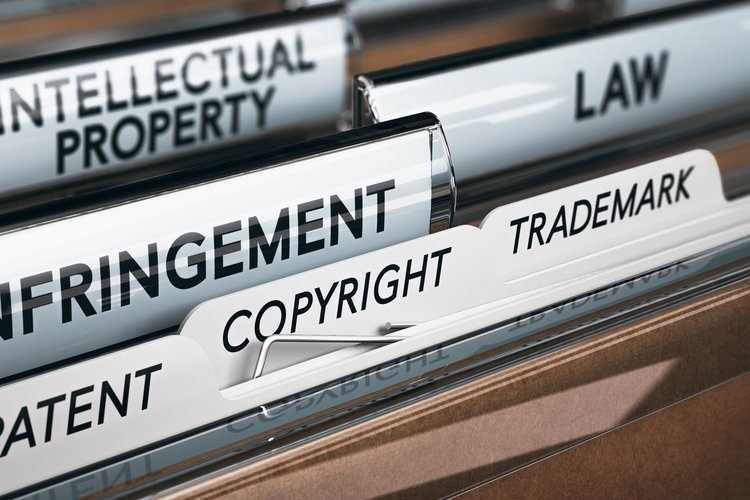What’s the Difference Between Copyright and Trademarks?

Understanding Copyright and Trademarks
This is a common question. In simple terms they’re just basically different forms of protection of intellectual property. In some cases copyright and trademarks will overlap. And classic example of that is a logo. If you can think of a logo that is also an artistic work, that can be protected as a trademark, and used as a trademark. And it can also be the subject of copyright protection as an artistic work.
Trademarks Defined
Trademarks, by definition, are ‘signs’ that one trader uses to distinguish their goods and/or services from others, and the definition of sign is very broad and even encompasses things like sounds. You can have an overlap there as well. You could have a little jingle protected as a trademark, because it’s used in a way to distinguish the relevant goods/services from others and functions as a ‘badge of trade origin’ but that same jingle may also be subject to copyright protection as a sound recording or musical work.
Differences Between Copyright and Trademarks
Another core difference between them is that copyright ownership and protection is automatic as a result of original creation of the work or the subject matter. For example, if I write a story, an original story, once I’ve put pen to paper and I’ve written the story it’s protected by copyright.
The same can not necessarily be said of a trademark, particularly a logo. Having a logo created doesn’t automatically or necessarily give you rights as a trademark. You have to use it as a trademark, and not only use it as a trademark but be the first to use it as a trademark to be certain in your ownership of that logo as a trademark. In Australia, to protect the trade mark and ownership most effectively, it should then be registered accordingly, whereas you don’t have to register a copyright.
What Copyright Protects vs. What Trademark Protects
Copyright protects the material embodiment of an idea. As examples, that could be a literary work, a musical work or an artistic work, whereas trademark is a sign that is used by a person, whether that be an actual person or a legal entity, as a way of indicating the trade source of particular goods or services.
Trademarks are ‘signs’ used in the course of trade for the purpose of distinguishing the relevant goods/services between traders in a certain industry, field or space. Copyright does not require the relevant work to be used in the course of trade. A classic example if you go back historically is like a silversmith putting his brand on a product. That is a trademark. Whereas copyright is there to protect the result of intellectual or artistic endeavour, whatever that might be. Whether it’s commercial or whether it’s purely artistic for artistic sake. You know, like Wagner’s Ring Cycle. Whilst you obviously can pay to see a performance of it – from Wagner’s perspective, it’s just pure artistry to music.
Overlap Between Copyright and Trademarks
A good example would be Apple, Inc and its apple image/logo. The image would be an artistic work, attracting copyright protection but it’s also used as a brand, a commercial brand. So irrespective of whether or not there might be copyright in the logo it is also a trademark. So yes, there’s overlap but they are serving both purposes.
Another example is television and films. Various elements of the content of the show would have copyright protection such as audio recordings/soundtracks, screenplay, scripts, visual/artistic elements etc – these elements are not trademarks, but the title of the show or film would be a trade mark, as it’s the ‘sign’ used to distinguish that show from any other.
Where Are the Biggest Misconceptions and Misunderstandings?
We are sometimes asked how a business might ‘trademark a design’, which demonstrates the confusion in the marketplace around intellectual property. A design is another form of Intellectual Property, which may be registered but is separate and different to both copyright and trademarks.
The term copyright is perhaps more familiar to people than the term trademark (let alone the ins and outs of trademark law) so it’s common to hear someone say they want to “copyright” their brand name for example, when they are actually wanting to register their trade mark that is their brand name. A trademark exists whether registered or not, so it’s also not quite correct to state that you wish to ‘trademark a name’ – as your name is likely already a trademark, just in unregistered form.
Intellectual Property Is Pervasive but Complex
The field of intellectual property at large is a bit arcane. Which is kind of strange, because it’s so pervasive in everyday life, and in commerce. Intellectual property is everywhere. The actual ways in which it’s protected, and the laws around intellectual property are quite complex and not always known by the general public. Naturally this leads to confusion for business owners seeking to protect their intellectual property assets.

